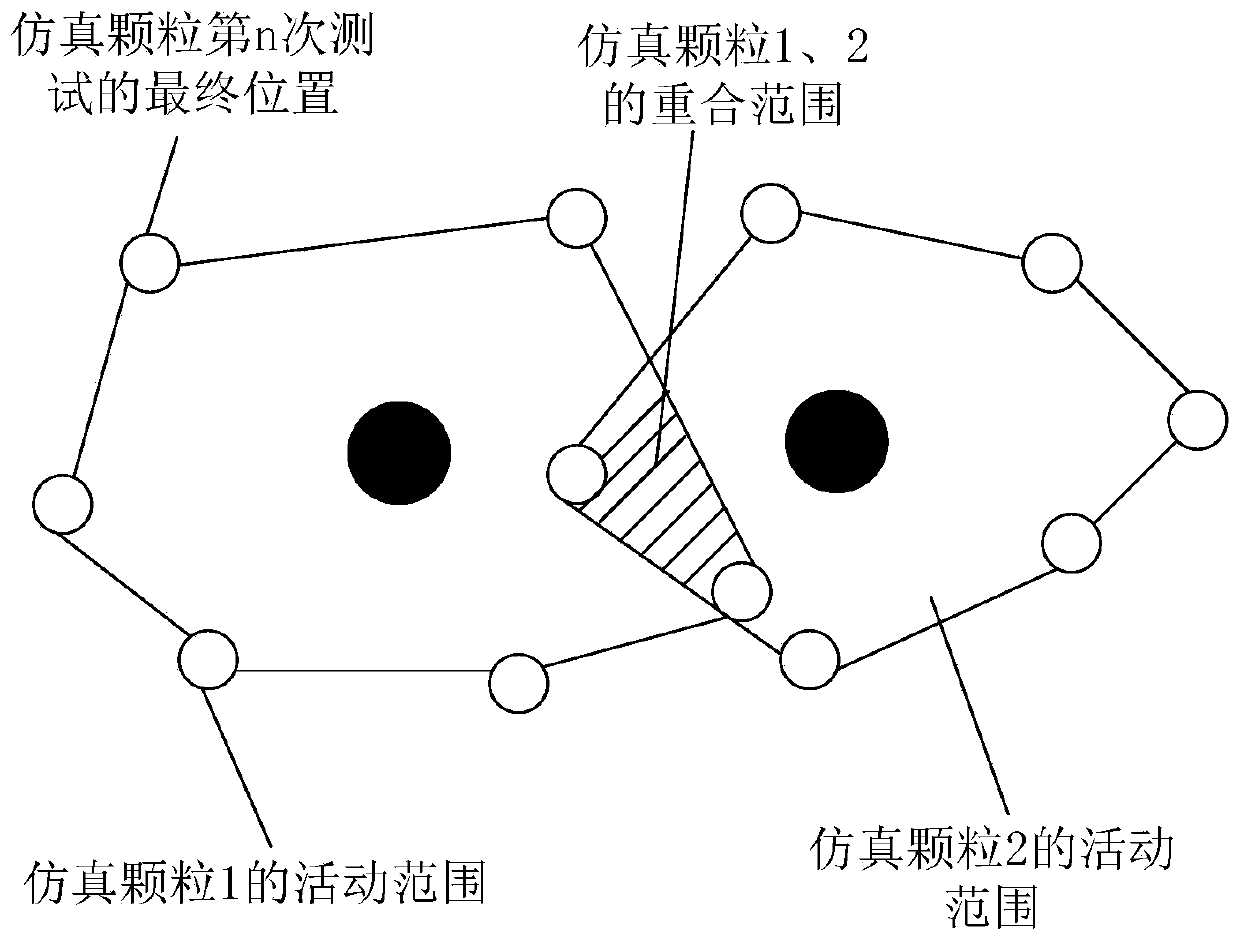An experimental method for studying the influence of ballast splashing during train running
A technology for trains and ballasts, which is applied in the field of research on the impact of the speed of ballast splashing in the process of train running, can solve the problems of no impact on speed, danger of running vehicles and tracks, and splashing impact vehicles, etc., to achieve simple layout, easy maintenance, The effect of simple experimental methods
- Summary
- Abstract
- Description
- Claims
- Application Information
AI Technical Summary
Problems solved by technology
Method used
Image
Examples
Embodiment
[0037] Using 3D scanning technology, a ballast that meets the standard particle size of the national railway industry is scanned in 3D to obtain a 3D model of the test ballast particles. Using 3D printing technology, the model is printed out in PLA material with a filling rate of 20% and a wall thickness of 4mm in two parts, the upper and lower parts, and the support part in the model is removed. Combine a nine-axis attitude sensor with a size of 20×12mm and a power supply battery of similar size (such as figure 1 shown) into the model. Put lead weights inside the model for counterweight, and fill the rest with rubber to ensure that the simulated ballast has the same quality as the real ballast, and then glue the two parts of the model together with PLA special glue.
PUM
 Login to View More
Login to View More Abstract
Description
Claims
Application Information
 Login to View More
Login to View More - R&D
- Intellectual Property
- Life Sciences
- Materials
- Tech Scout
- Unparalleled Data Quality
- Higher Quality Content
- 60% Fewer Hallucinations
Browse by: Latest US Patents, China's latest patents, Technical Efficacy Thesaurus, Application Domain, Technology Topic, Popular Technical Reports.
© 2025 PatSnap. All rights reserved.Legal|Privacy policy|Modern Slavery Act Transparency Statement|Sitemap|About US| Contact US: help@patsnap.com



